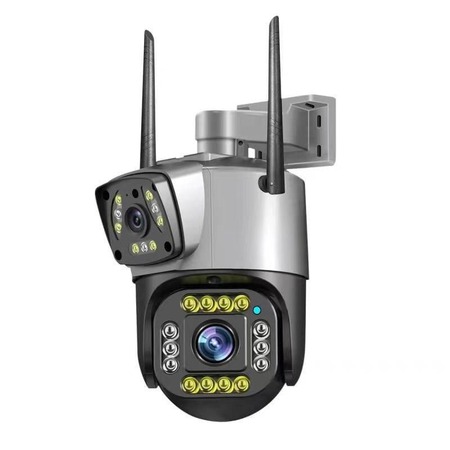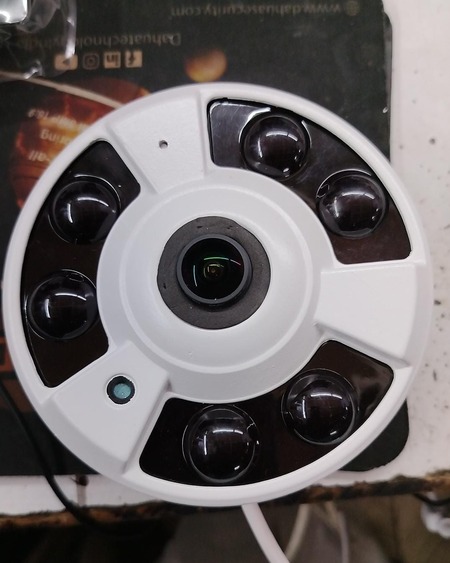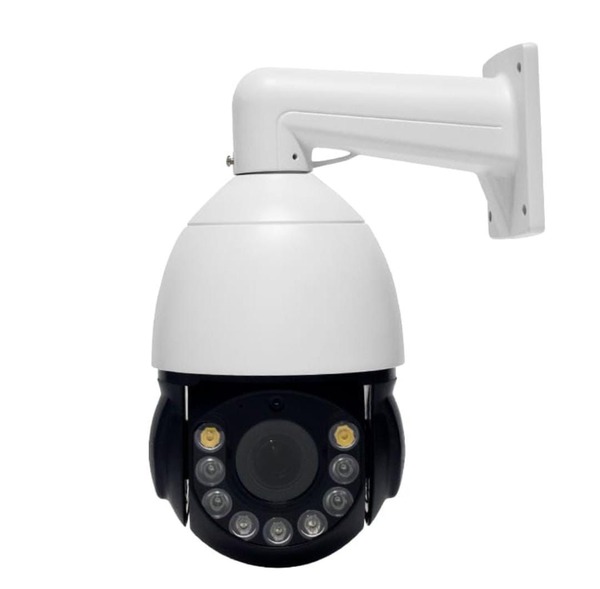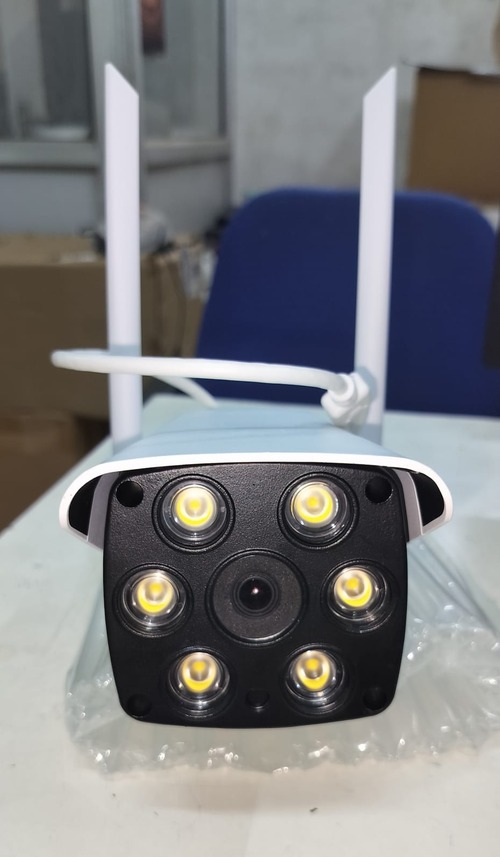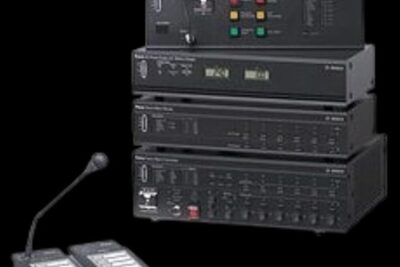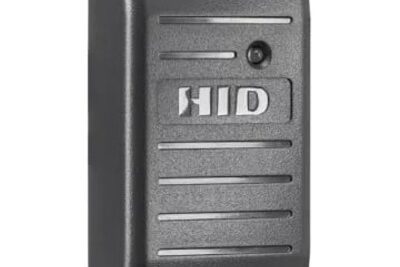Description
An IP camera solution with NVR (Network Video Recorder) and a server involves setting up a comprehensive system for video surveillance, where IP cameras capture video footage, an NVR stores and manages the footage, and a server enables processing and remote access. Here’s a breakdown of each component and its role in the system:
1. IP Cameras
Definition: IP cameras (Internet Protocol cameras) are digital video cameras that transmit data over an IP network. They differ from traditional CCTV cameras by using a network (e.g., LAN or the internet) to send video signals to a recorder or server.
Types:
Fixed Cameras: Stationary cameras that provide a fixed view.
PTZ (Pan-Tilt-Zoom) Cameras: Can be remotely controlled to pan, tilt, and zoom for flexible monitoring.
Outdoor Cameras: Designed for outdoor surveillance, often weatherproof with night vision capabilities.
Wireless Cameras: Send data wirelessly (e.g., via Wi-Fi) to the NVR or server, making installation easier.
Resolution: IP cameras come in various resolutions, ranging from 720p to 4K, with higher resolution providing more detailed images.
2. NVR (Network Video Recorder)
Definition: An NVR is a device that records video footage from IP cameras over a network. Unlike traditional DVRs (Digital Video Recorders) that are used for analog cameras, NVRs handle digital IP camera streams.
Functions:
Recording: The NVR stores video footage on internal storage (e.g., hard drives or SSDs). It can record continuously or on a motion detection basis.
Video Compression: NVRs often use video compression algorithms like H.264 or H.265 to reduce the amount of data stored, preserving storage space while maintaining video quality.
Management: The NVR provides an interface to configure cameras, set recording schedules, and monitor live feeds.
Remote Viewing: Users can access live video streams or recorded footage from remote locations through web browsers or mobile apps


